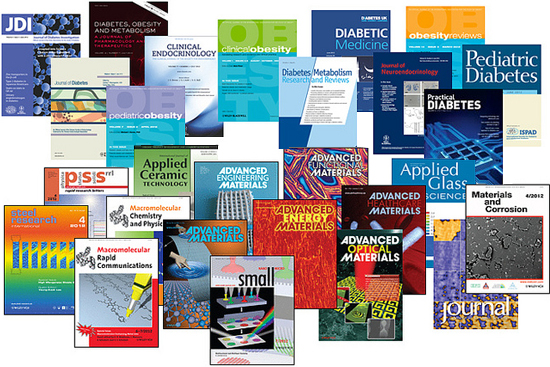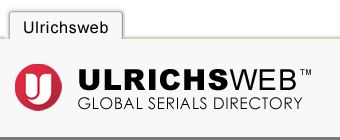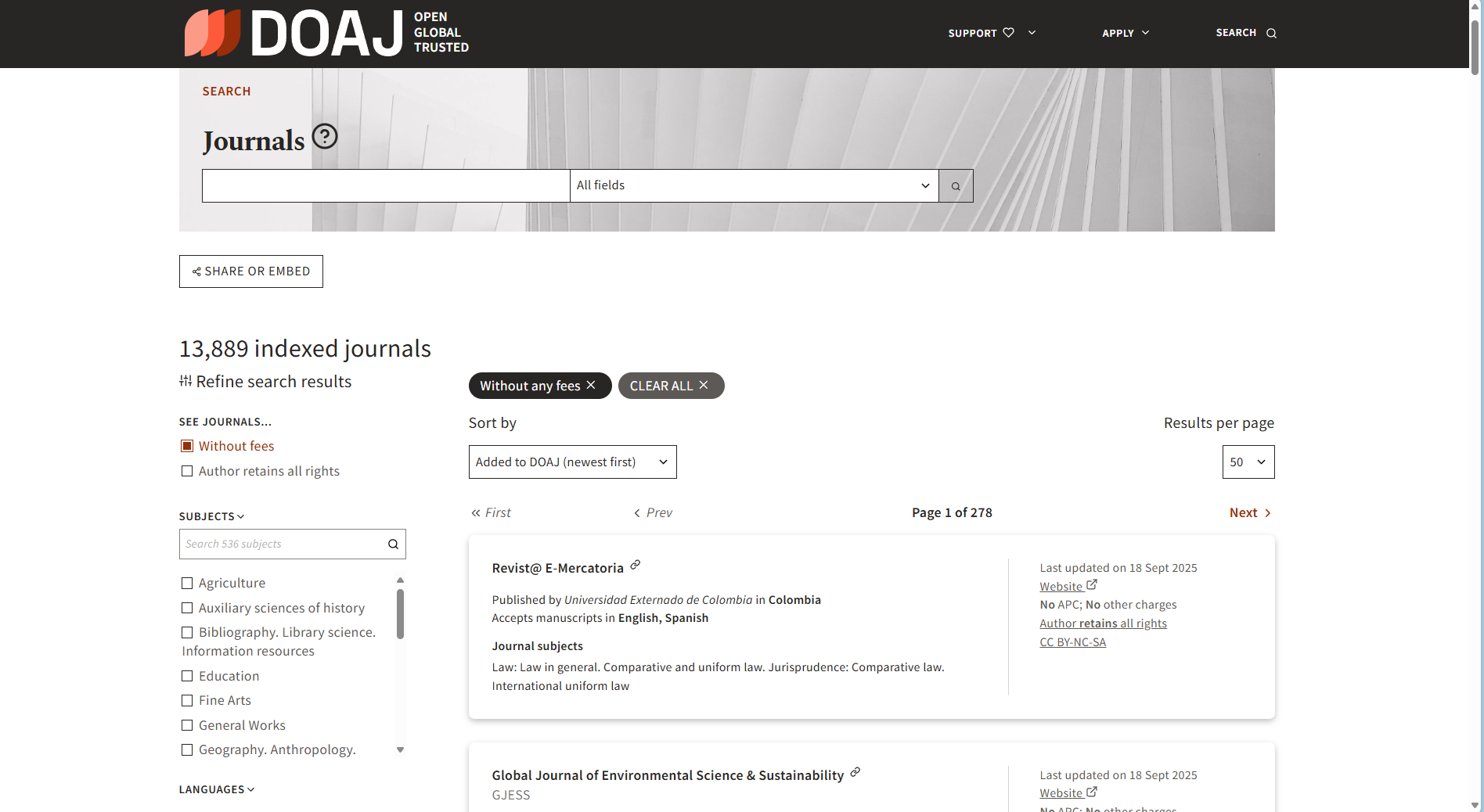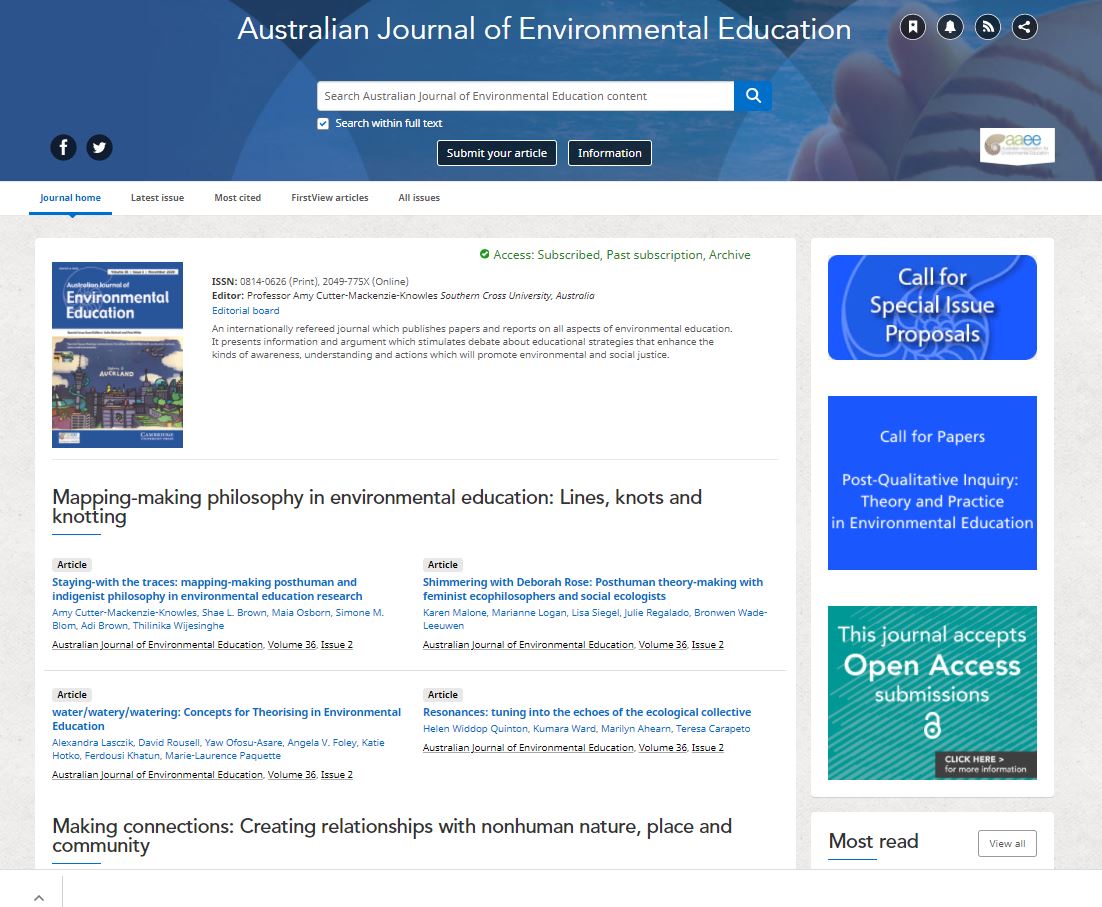Strategic publishing
What is a quality journal?
Understanding journal quality often means balancing different priorities. On one hand, there may be institutional expectations and pressure to ‘publish or perish’. On the other hand, you’ll want your work to be accessible to peers in your discipline and recognised within your field or industry.

When choosing a journal, consider the following:
- Who is your audience? Are you writing for academic researchers or industry professionals?
- Is the journal relevant to your discipline? Will it reach the right audience?
- What is the journal’s aim and scope? Does it align with your research topic?
- Have you looked at traditional quality indicators? For example, journal impact factors or rankings.
- What’s the reputation of the editorial board and contributors? How widely is the journal circulated??
- Is it open access? This is especially important if national or international agencies fund your research (e.g. Australian Research Council (ARC), National Health and Medical Research Council (NHMRC), or the National Institutes of Health (NIH)).
- Are there specific requirements from your funding body? Make sure the journal meets any publishing or access conditions.
Photo courtesy of Flickr user Wiley Asia
Watch:
Publishing Power Hour 1: Publishing in quality journals [00:46:58] (Curtin staff and students only)
Tools for finding quality journals
Useful resources are listed below:

Search instructions for SCIMago [PDF, 258kB].
Scimago journal rankings calculate the average number of weighted citations received in a year divided by articles published in a journal in the previous 3 years. They take into account the prestige of the cited journals. SJR rankings can be refined by subject area, category, journal quartile and country. Please find instructions here.
 Journal Citation Reports (JCR) - Incites
Journal Citation Reports (JCR) - Incites
Search instructions for JCR [PDF, 274kB].
Journal Citation Reports is published annually in two editions. JCR Science Edition contains data about more than 8,000 journals in science and technology. JCR Social Sciences Edition contains data about more than 2,600 journals in the social sciences.
Journal impact factors are calculated by dividing the number of citations in the most recent year by the total number of articles published in the two previous years. These metrics need to be taken in context of the discipline in which they are found and are not useful for comparing disciplines.

Search instructions for Ulrichsweb [PDF, 273kB].
Ulrichsweb is an easy to search source of detailed information on more than 300,000 periodicals (also called serials) of all types: academic and scholarly journals, e-journals, peer-reviewed titles, popular magazines, newspapers, newsletters, and more.

Search instructions for Ulrichsweb DOAJ [PDF, 381kB].
Hosted by Lund University. It covers free fulltext, quality controlled and scholarly journals.
Australian Business Deans Council journal ranking list includes 2600 titles reviewed by a panel of discipline experts.
Compiled and edited by Professor Anne-Wil Harzing, The Journal Quality List comprises academic journals in the following broad areas: Economics, Finance, Accounting, Management, and Marketing. It is updated annually.
 Excellence in Research Australia(ERA) 2023 Journal Submission List [XLSX, 2.57MB]
Excellence in Research Australia(ERA) 2023 Journal Submission List [XLSX, 2.57MB]
For inclusion in the ERA Journal List, the journal had to:
- be academic/scholarly
- publish original peer reviewed research
- have one or more ISSNs
- have been published during the ERA reference period for research outputs.
How to maximise your chance of getting accepted
The following strategies are recommended to maximize your article’s likelihood of being accepted:
- Follow the publisher’s instructions to authors on the type of material they accept - many publishers will provide detailed information on their requirements and processes.
- Check the journal website for article acceptance rates. The acceptance rate for submissions can vary from 5% to 95%.
- Allow adequate preparation time as you may only be permitted to submit a document to one journal at any time. Allow time to rework or response to reviewers’ comments.
- Turnabout time is critical as it may be several months resulting in 1 to 2 years interval until publication. Therefore, it is important to check publishers’ advice to authors.
- Consider the frequency of publication of your journal. Does it fit into your timeframe?
- Think about writing for special issues or responding to calls for papers. (See Special issues or call for papers below.)
Watch:
Publishing Power Hour 6: Getting your article published [00:59:30] (Curtin staff and students only)
How to publish in Nature and Science: Workshop recording [01:19:20] - Faculty of Science and Engineering: Nature and Science Workshop 2021. Speakers in engineering, astronomy and life sciences provided case studies on how they were able to publish in Nature or Science.
Journal matching
Many publishers offer online automated tools that allow you to match the abstract of your paper with a suitable journal title in their publishing house. These emerging services use text matching and similarity, which may not be perfect, but they can often alert you to titles that you may otherwise not find. Below are some examples:
- Elsevier Journal Finder - matches abstracts using Elsevier journal titles using a range of filters to allow fine tuning of your search.
- Wiley Journal Finder - lacks the fine tuning of the Elsevier tool, using only the title and abstract of a paper with no other filters available.
- Springer Nature Journal Suggester - searches over 2500 Springer and BMC (BioMed Central) titles with a range of filters including minimum acceptance rates and open access options.
- EndNote ManuscriptMatcher - uses the manuscript title, abstract and references to suggest journal matches across the Web of Science database. Available from within EndNote.
- IEEE Publication Recommender - searches over journals and conferences in the IEEE digital library.
- Jane - Journal/Author Name Estimator - searches across the Pubmed database to find journals, authors or articles.
Special issues or call for papers
When publishers wish to put together a special issue on a particular topic, they often send out a call for papers. They are generally very explicit in what they require, and provide a detailed overview of formats, topics and contact points. This has the advantage of an academic having a clear understanding of what the publisher requires and is therefore able to focus the content accordingly.
Resources:
Some publishers provide a portal to all current “call for papers” and you can browse by topic. Examples include:
- Elsevier - Special issues
- Emerald - Calls for papers
- Karger- Call for papers
- SAGE - Open calls for papers
- Taylor & Francis - Calls for papers
Two Nature journals provide access to guest edited collections covering both the science and social science disciplines:
- Humanities & Social Sciences Communications - Calls for papers
- Scientific Reports - Calls for papers
Another way of finding a call for papers is by going to a journal’s homepage and checking if it has a call for papers tab. The journal may have a news section that will list any upcoming special issues.
You can then check if there are any current call for papers that you may want to submit to. This is particularly useful if you are targeting specific journals to publish with.
Note that this is not necessarily a feature of all journals.
Open access journals
Publishing your work in an Open Access journal can increase the visibility and accessibility of your work. There are various business models under which OA journals operate:
-
Fully OA journals
Articles are published in an OA journal and accessible online immediately. There are two types:- Fee-based OA journals require payment by the author - an article processing charge (APC).The APC can range from hundreds to thousands of dollars.
- No-fee OA journals do not charge any author fees for publication. They are often published by universities, societies or research centres.
-
Hybrid journals
The author elects to pay for an article to be made openly accessible within a subscription journal. As publishers receive both subscriptions and OA fees, this is often referred to as ‘double-dipping’. -
Delayed OA journals
Content is initially accessible only to journal subscribers. After a specified embargo period the articles can be accessed free of charge.
Finding the most appropriate journals in which to publish your research will be a process of weighing up a number of factors, both within and beyond your control.
You will need to consider:
- Do you have sufficient funds to cover publishing costs?
- Does Curtin have an Open Access Publishing Agreement that will cover the cost of APC’s?
- Would you like the article to be available open access immediately?
- Will the journal reach the right audience?
- What peer review process does the journal go through?
Use the tools in the next tabs to help you make the best choice.
The following resources will help you find relevant OA journals in your area:
-
DOAJ: Directory of Open Access Journals
Hosted by Lund University. It covers free full text, quality controlled and scholarly journals. -
Journal Citation Reports (JCR) - Incites
Journal Citation Reports is published annually in two editions. JCR Science Edition contains data about more than 8,000 journals in science and technology. JCR Social Sciences Edition contains data about more than 2,600 journals in the social sciences -
SCIMago journal ranking (SJR)
Find journals by their quartile rankings and OA availability. -
Open Policy Finder (formerly known as Sherpa Romeo)
Database of publisher copyright policies & self-archiving policies. -
Ulrichsweb
Ulrichsweb is an easy to search source of detailed information on more than 300,000 periodicals (also called serials) of all types: academic and scholarly journals, e-journals, peer-reviewed titles, popular magazines, newspapers, newsletters, and more.
For more information on searching these tools for OA content, go to Tools for finding quality journals.
The Directory of Open Access Journals search function can identify quality open access journals that do not charge article processing fees (APCs).
- Open DOAJ journals page.
- Click on Without fees box.
- Further limits by subject, language, peer review type can also be applied. Be aware that the more limits you place on the search, the fewer results you will get.



